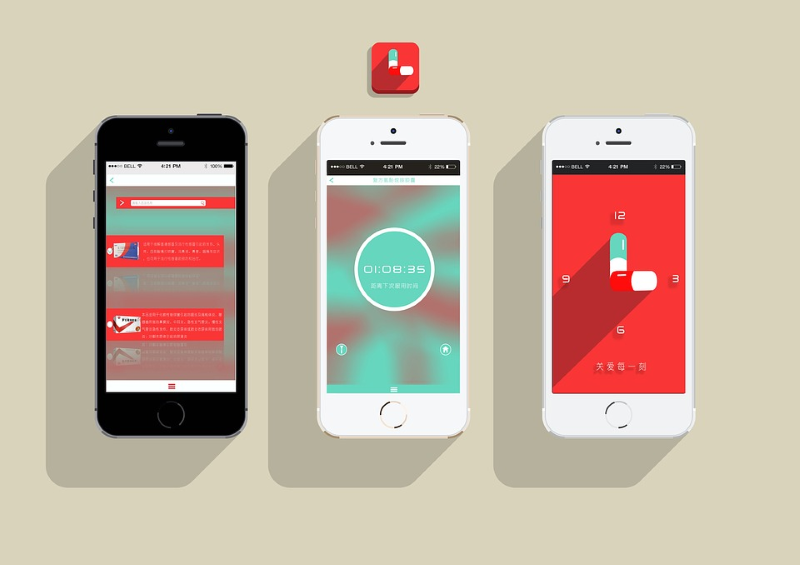You can learn a foreign language in a couple of months by giving it no more than an hour of your time daily.
Sounds like a fantasy? It is close to reality, as microlearning adepts prove it.
Microlearning is a new way of teaching that is a great way to attract students. It is fun, engaging, flexible and personalized learning experience.

Microlearning is based on short, single-objective focused lessons, combined with gamification, and intensifying the competition between learners.
In this article, we will speculate on the benefits of microlearning based on our experience in eLearning software development.
We will also try to figure out is it a great business opportunity to create an app that enables microlearning-based training, and how microlearning itself could be helpful to businesses.
Also, we used language learning in the first sentence of an article just as an example. There are plenty of things one is able to learn using this method, including soft skills, professional training, instant job-aid for employees support and so on.
Mobile Learning Apps and Application of Microlearning
Let’s begin with defining what mobile learning apps are – a knowledge delivery format.
Studying with the help of an app creates flexibility as one is not obligated to attend classes, or spend time and money on tuition fees, accommodation, etc.

At the same time, the student will be able to receive learning content on the device, including microlearning-formatted one.
There are different types of mobile learning apps on the market. Some of them might be used as PSTs (Performance Support Tools) – learning aids that help employees with on-the-job adjustments.
The others are supplementary for reinforcement of a formal training. For instance, you study a new topic in German and want some lexical exercises on your phone.
The third group commands the behavioral change that leads to learner’s transformational gain.
As complex as it sounds, the concept is rather simple. For instance, the language learning app Duolingo sends the push notification to the users about daily task completing.
This transfers to a certain habit and the user doesn’t forget about it and repeats it regularly. In time, it increases his overall vocabulary of the studied language.
All three kinds of mobile learning apps are a good fit for offering microlearning. So if you are interested in offering potential students the option of studying using microlearning method, you should choose one of these directions for your future app.
If you are still not convinced that microlearning could be useful for an independent student, or a business organization as a part (or a whole) of the business training, we can list several benefits that could help you make up your mind.
Benefits Of Microlearning-Based Training
Microlearning is here to help us fight with short attention spans. In fact, people do need information to be presented in small portions, as those attention spans became much shorter during the last couple of decades.
In the beginning of 00’s the average attention span of a human being was at a mere 12 seconds as in 2015 it shrank to 8.25 seconds.

While people do tend to focus on things for a much longer time, it is still hard to remain at the classroom focused for an academic hour.
Plenty of techniques offer a solution to that. Perhaps the most famous of them is Pomodoro. The idea behind it is in using a timer to break down work into intervals, usually no longer than 25 minutes and separate it by short breaks.
Microlearning goes further and exploits this idea in a way for shortening the time spent on a learning resource.
Microlearning is perfect for modern age when everyone has the technology (mobile phones) to implement it.
It is hard to precisely define microlearning essentials as there are no definite measures of what exactly qualifies for 100% microlearning.
We will try to figure this out while listing certain benefits of the method.
Microlearning is time-consuming.
The asset is short. Some say it shouldn’t take more than five minutes to complete it, there are also opinions that it could last as long as ten or fifteen minutes. Anyhow, it is much shorter than any of the “traditional” classes.

Microlearning focuses on the learner.
The learner has a higher control level over his learning path and pace of studying. They could set the tempo for themselves on the way that matches their individual learning style.
Microlearning is easily-accessed.
Everyone has a mobile phone, some just won’t let it go off their hands. Microlearning course may be designed for multi-device delivery that gives extra flexibility to students.
Microlearning usually comes in rich media format
It is good for retention of knowledge to come in the format of rich media. Users would appreciate the opportunity to watch or listen to a piece of useful information in a mobile microlearning app.
Microlearning is as relevant as it gets
Always just-in-time. When a person encounters some sort of difficulty or problem, they usually can address the issue immediately. The piece of information should be available to the learner at the exact moment of the learning need.
We at Belitsoft believe in the power of microlearning and are able to build the mobile app that includes microlearning elements.
As for those elements, they are beneficial not just for individual learners but for businesses as well.
For instance, the microlearning costs are lower than traditional E-Learning. If the company plans on training the big number of employees, microlearning mobile app might be the solution.
Microlearning-formatted courses are developed faster and are easier to update or adjust for the bigger impact.
While these benefits might sound promising, is it time to jump on the microlearning wagon and perhaps find an outsource company to build you such an E-Learning mobile app?
Factors That Promise That Microlearning Mobile App Investment is a Good Idea

Opportunity to attract millennials
Millennials expect a high standard of design and technology, so the company that offers microlearning training at the workplace would look beneficial for this generation.
Creating a great level of engagement through gamification
Adding gamification is not an issue for the professional software development company.
Organizing inside competition between employees within the microlearning course might sound appealing to business owners.
Conclusion
Instead of making some conclusion on whether it is a promising perspective to try building a microlearning app, let me list the examples of highly successful mobile apps that us it already.
Duolingo
Duolingo is made for teaching foreign languages. The students set a goal and spend no more than 20 minutes a day for completing it. The feedback is tremendous. People confirm that it is possible to learn the foreign language with the help of the app.
The app uses principles of gamification and focuses on words and their translation, pronunciation, etc.
Word of the day
“Scientists say that if to learn one new English word each day your brain acts faster and feels healthier.”
That’s what official description on iTunes says about this app. Number of downloads is enormous.
TES Teach
TES teach is very helpful in creating digital lessons in a very short amount of time. Interactive lessons always get positive feedback from the students in comparison with more traditional ones.
Maybe your app might be the next on the list?
